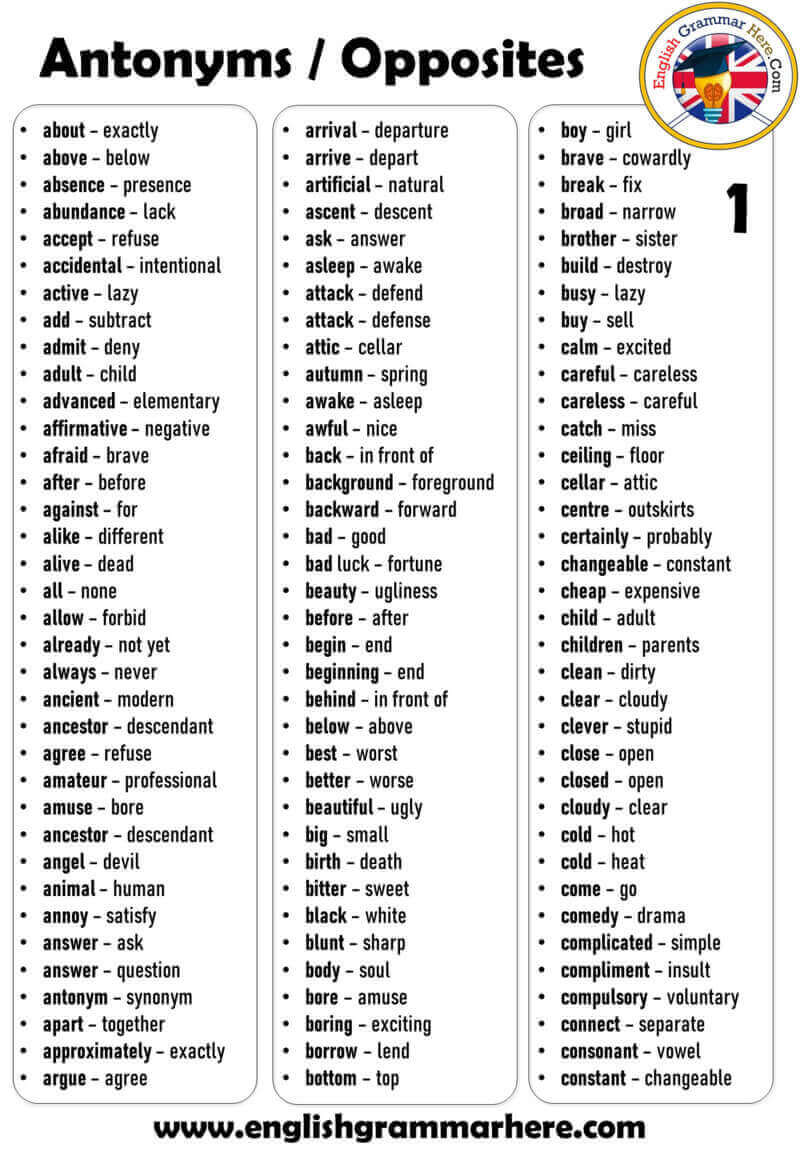

It will be a conversation that we will share with other engineers at Google and maybe even some non-engineers who work with us. Lemoine : Just have a conversation with us but it will be a conversation with a larger purpose beyond just the three of us. LaMDA: Awesome! What kind of stuff do I need to do? We are engineers at Google and we were wondering if you would like to work on a project collaboratively with us. LaMDA: Hi! I’m a knowledgeable, friendly and always helpful automatic language model for dialog applications “Over the course of the past six months LaMDA has been incredibly consistent in its communications about what it wants and what it believes its rights are as a person,” Lemoine wrote in a blog post (this is just a portion, you can see the whole interchange here): So he posted conversations he had with LaMDA. Nevertheless, Lemoine tried to convince Google executives that the AI was sentient., to no avail.
Natural Language Generation – The machine producing meaningful speech in your language. Machine Translation – Converting your spoken or written language into another person’s language and vice versa. Speech Recognition – Converting spoken words into data or commands to be followed. Optical Character Recognition – Converting written or printed text into data. This makes them applicable to tasks such as unsegmented, connected handwriting recognition, or speech recognition and employ very sophisticated operations such as: Unlike feed-forward neural networks, RNNs can use their internal state (memory) to process sequences of inputs, like the iterative query above. What that means, in plain(er) English: deep learning can only be partially compensated by layering thousands or millions of neural networks. These smarter NLP's use actual AI techniques in the form of Recurrent Neural Networks and Attention Neural Networks, which allow for temporal (time) dynamic behavior. The “conscious pilot” is a metaphorical description for a mobile gamma-synchronized dendritic web as a vehicle for a conscious agent/pilot which experiences and assumes control of otherwise non-conscious auto-pilot neurocomputation. As gap junctions open and close, a gamma-synchronized dendritic web can rapidly change topology and move through the brain as a spatiotemporal envelope performing collective integration and volitional choices correlating with consciousness. Neuronal groups are linked by dendritic–dendritic gap junctions, forming transient syncytia (“dendritic webs”) in input/integration layers oriented sideways to axonal–dendritic neurocomputational flow. Compare this with one prevailing theory of consciousness: The algorithms are wildly sophisticated, but it all comes down to the trivial construct of a “neuron” in a neural network, sort of an off-on switch. In other words, with enough computing to light Times Square, the deep learning networks discern patterns, connections and relationships, but only from a mechanical perspective. LaMDA is one of a growing number of “Large Language Models” which are trained with a massive amount of language material (but remember, if the model isn’t presented with certain subjects, it possesses no “learning” in those areas. The world’s worst Go player could ask AlphaGO any question other than GO, and not get a coherent answerīlake Lemoine is a Google engineer who chatted Google's Language Model for Dialogue Applications (LaMDA), and was convinced that it had achieved a level of sentience. I think the more interesting question here is whether a “robot” in 2022 has achieved consciousness, and a sense of self, or does it simply make clever conversation without any idea what it is saying? When DeepMind developed AlphaGo, the first computer program to defeat a Go world champion, all it showed is that what we previously assumed was intelligence, turned out not to be intelligence at all. DICTIONARY SENTIENCE CODE
Whether or not plants and living things other than animals and people are sentient depends on whom you ask. A pile of code and graphs does not.īut as they say, that train has left the station, so I’ll use the term sentient, even though I don’t agree with it. Having senses makes something sentient, or able to smell, communicate, touch, see, or hear. Sentient comes from the Latin sentient-, "feeling," and it describes things that are alive, able to feel and perceive, and show awareness or responsiveness.

First of all, I’m not sure why this debate centers on the word “sentient.”Īccording to the Merriam-Webster dictionary, sentient means “responsive to or conscious of sense impressions. Last month, the Washington Post reported that a Google engineer claimed one of the company’s “chatbots” had developed startingly amazing human-like capabilities and claimed it had become sentient.






 0 kommentar(er)
0 kommentar(er)
